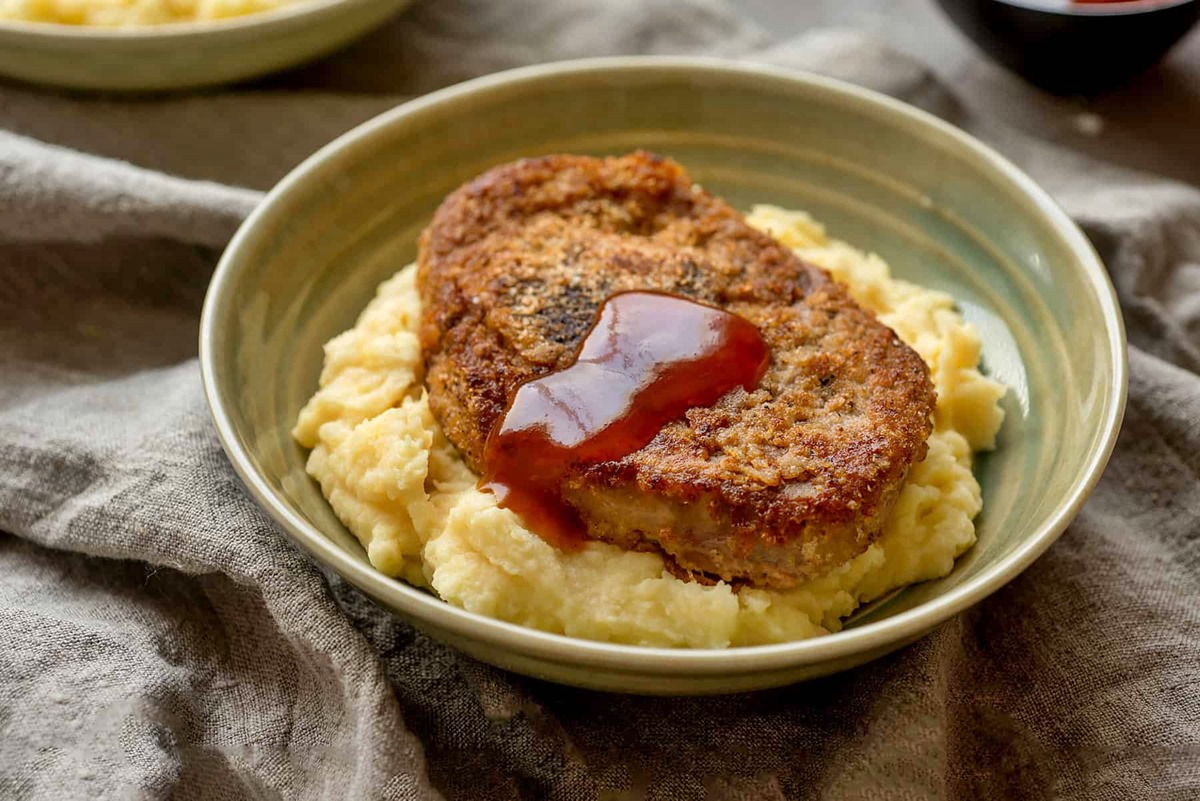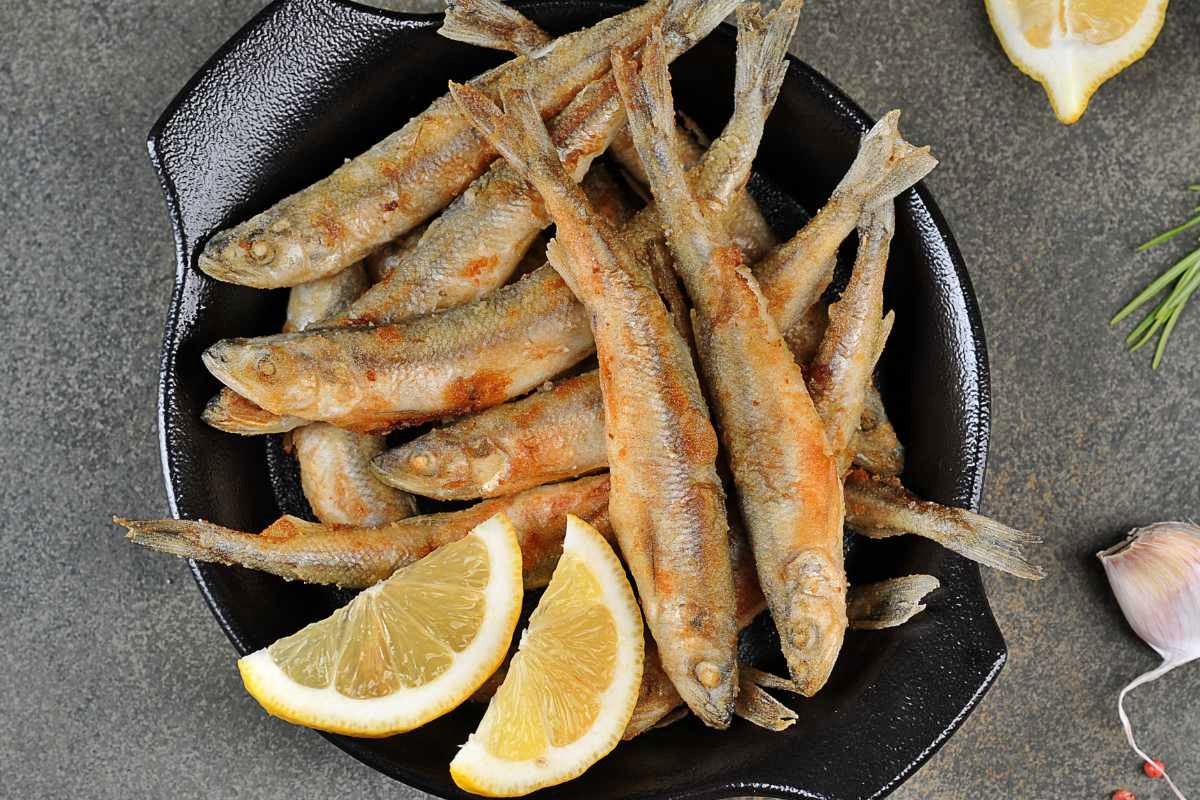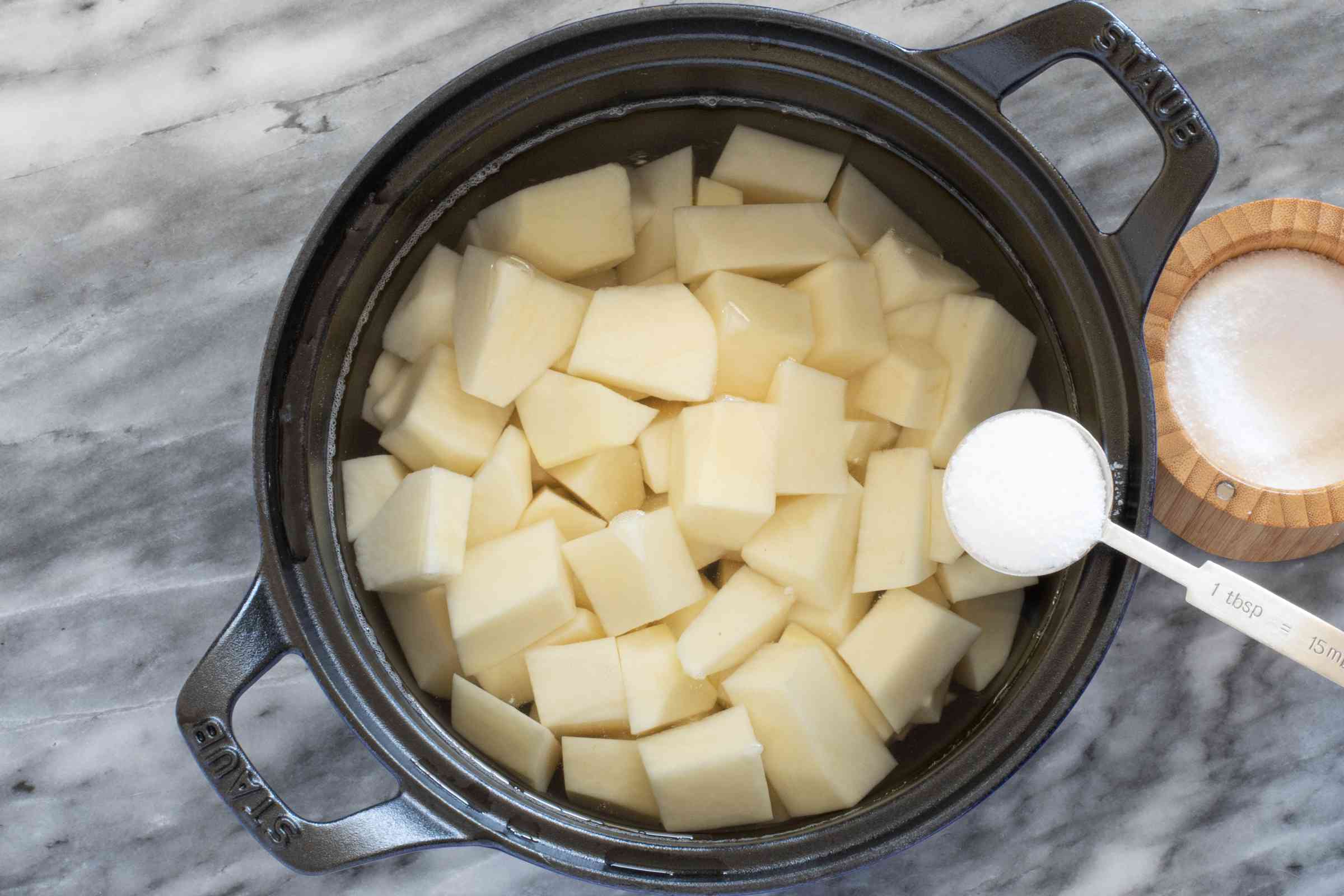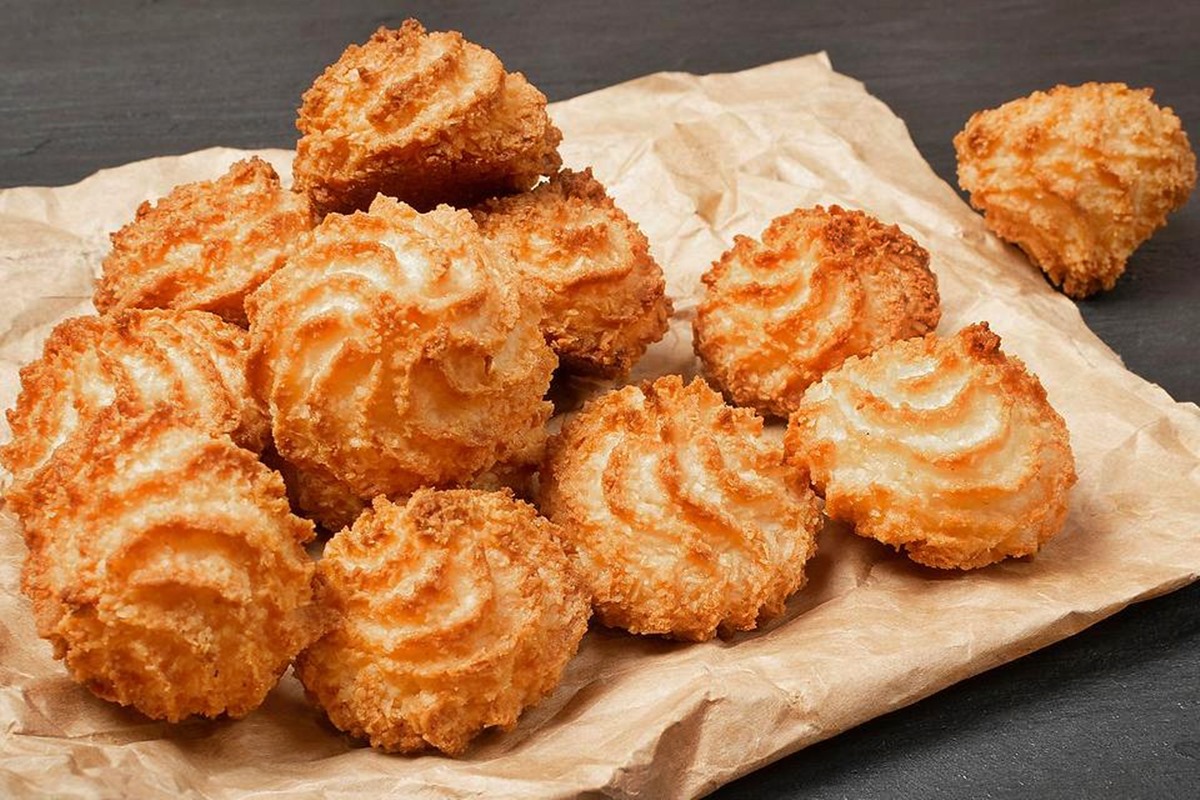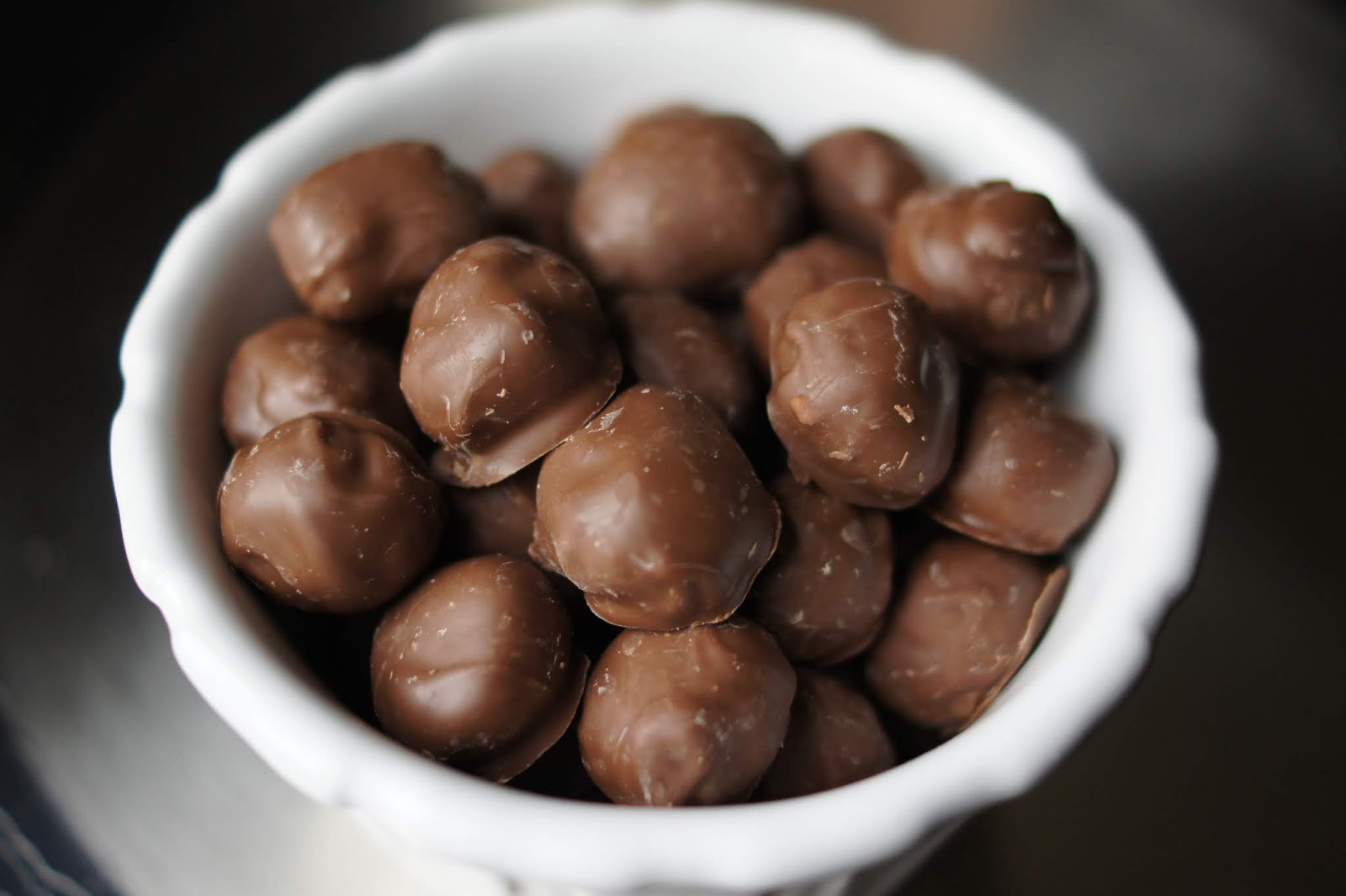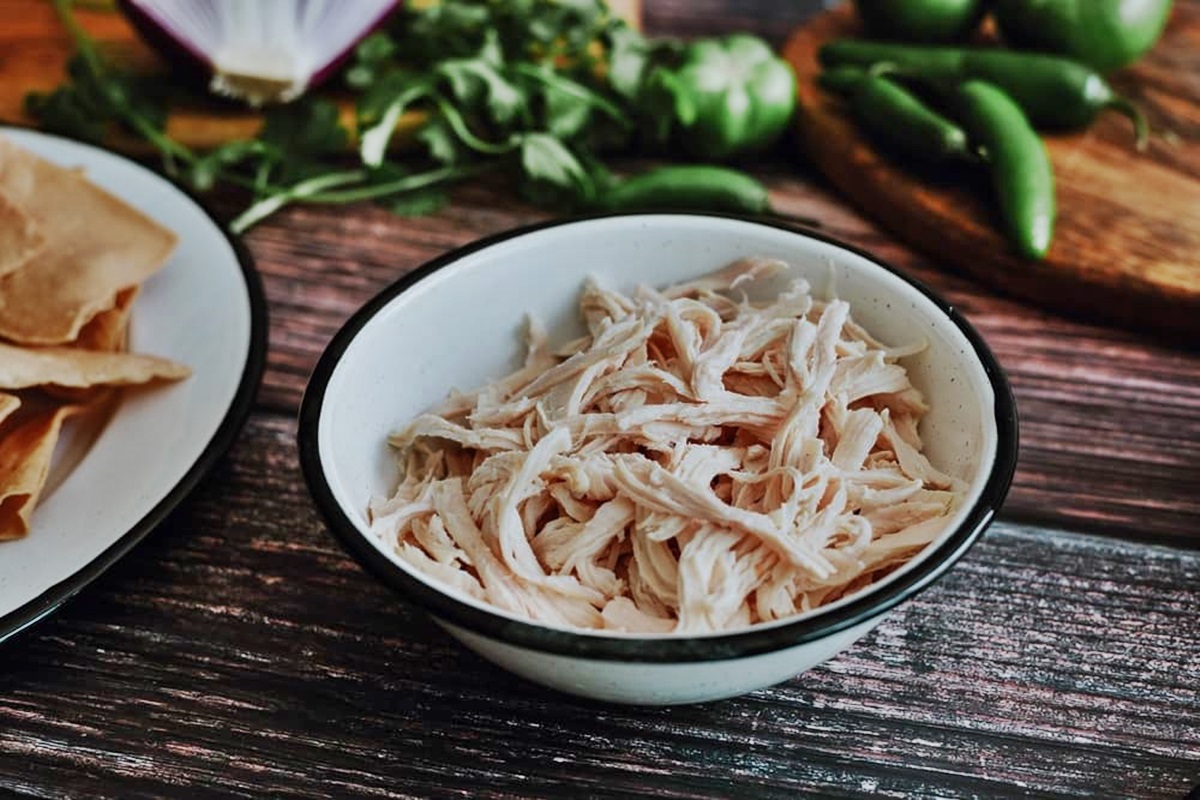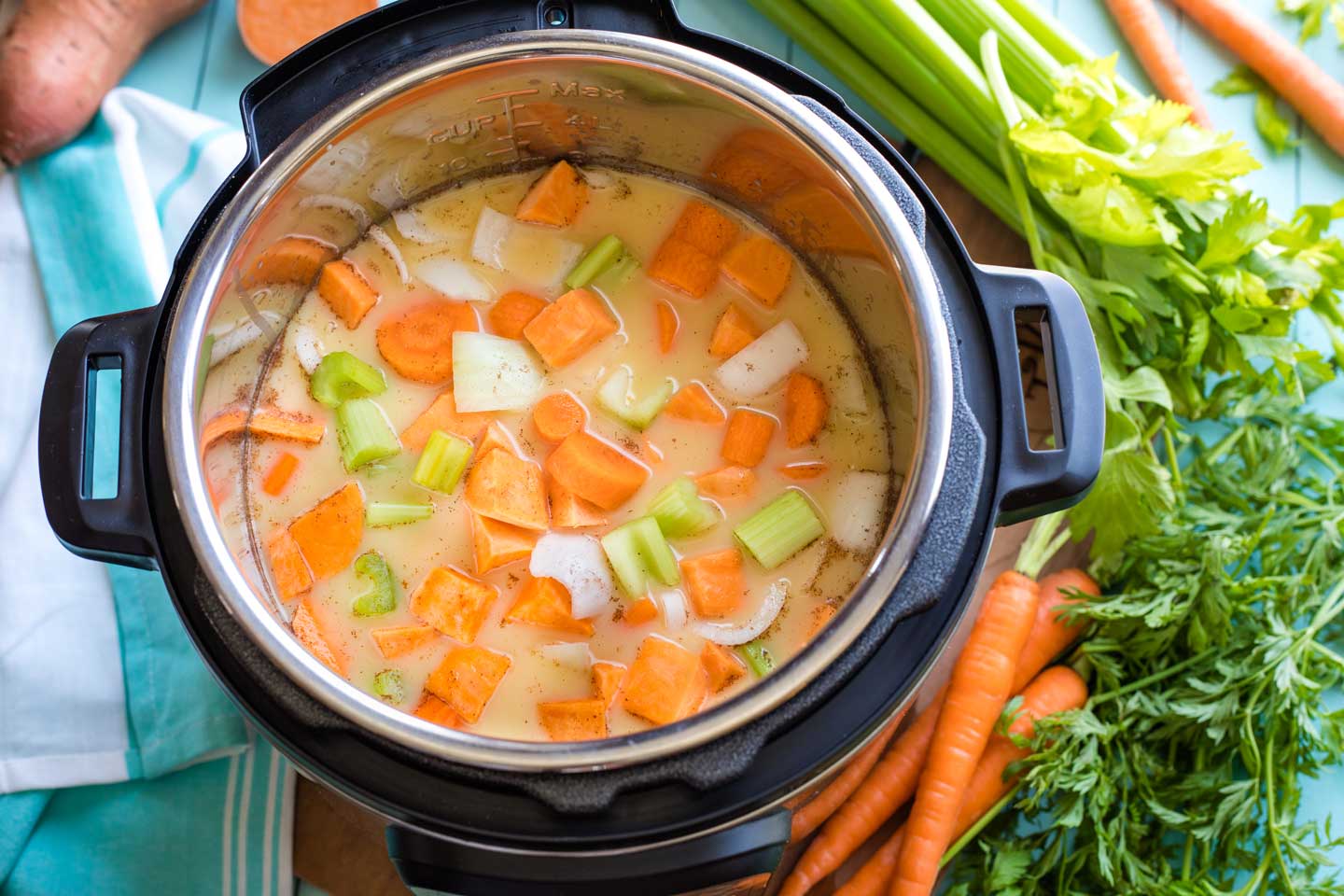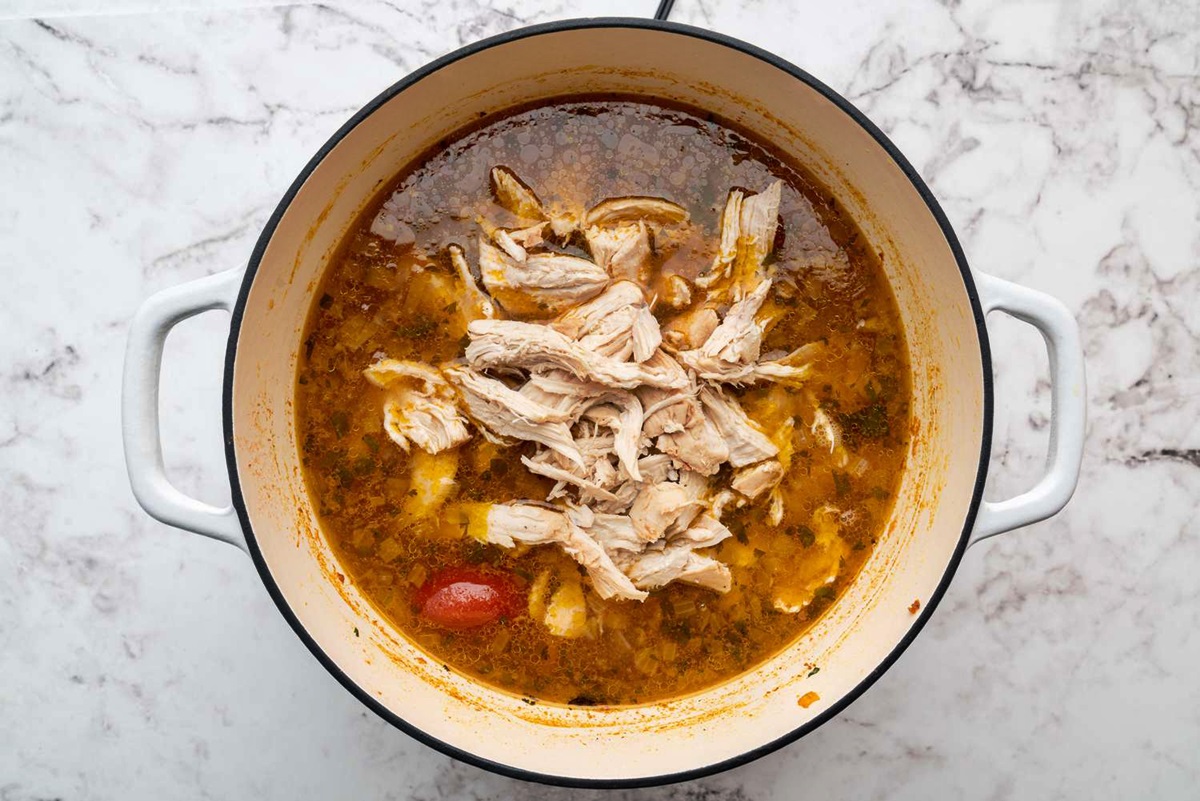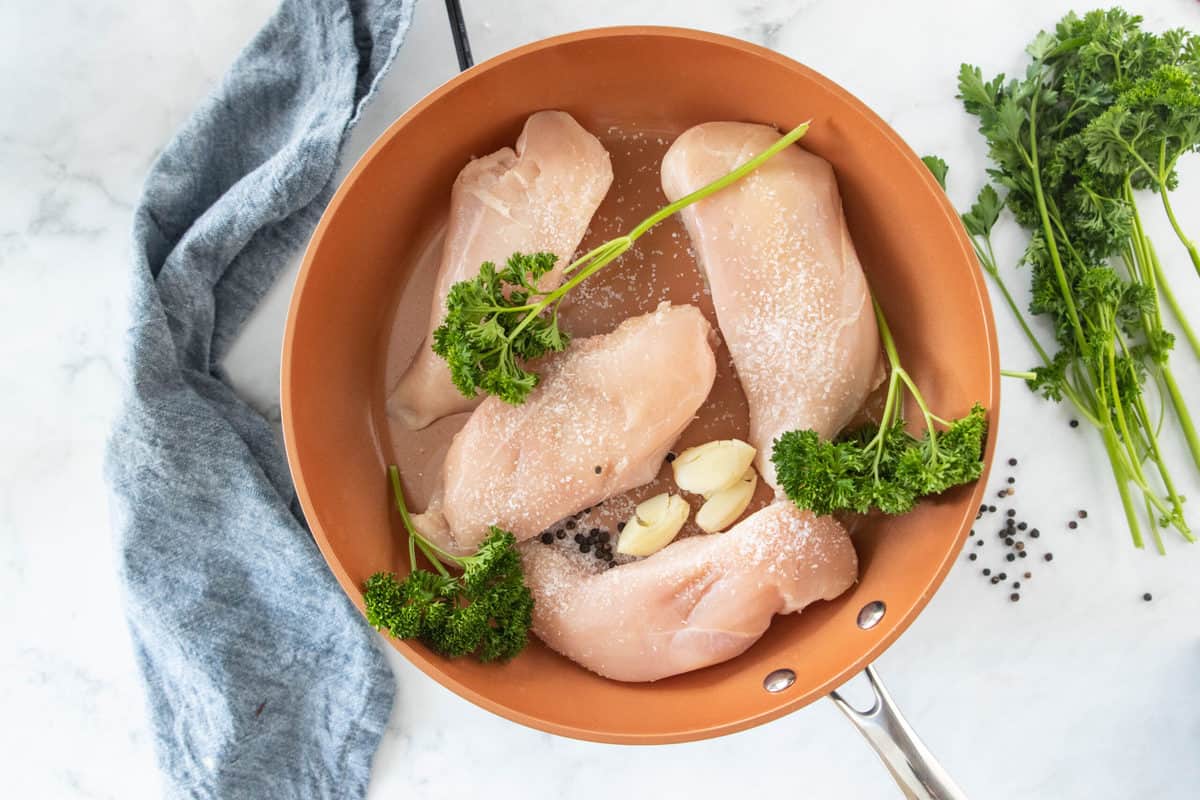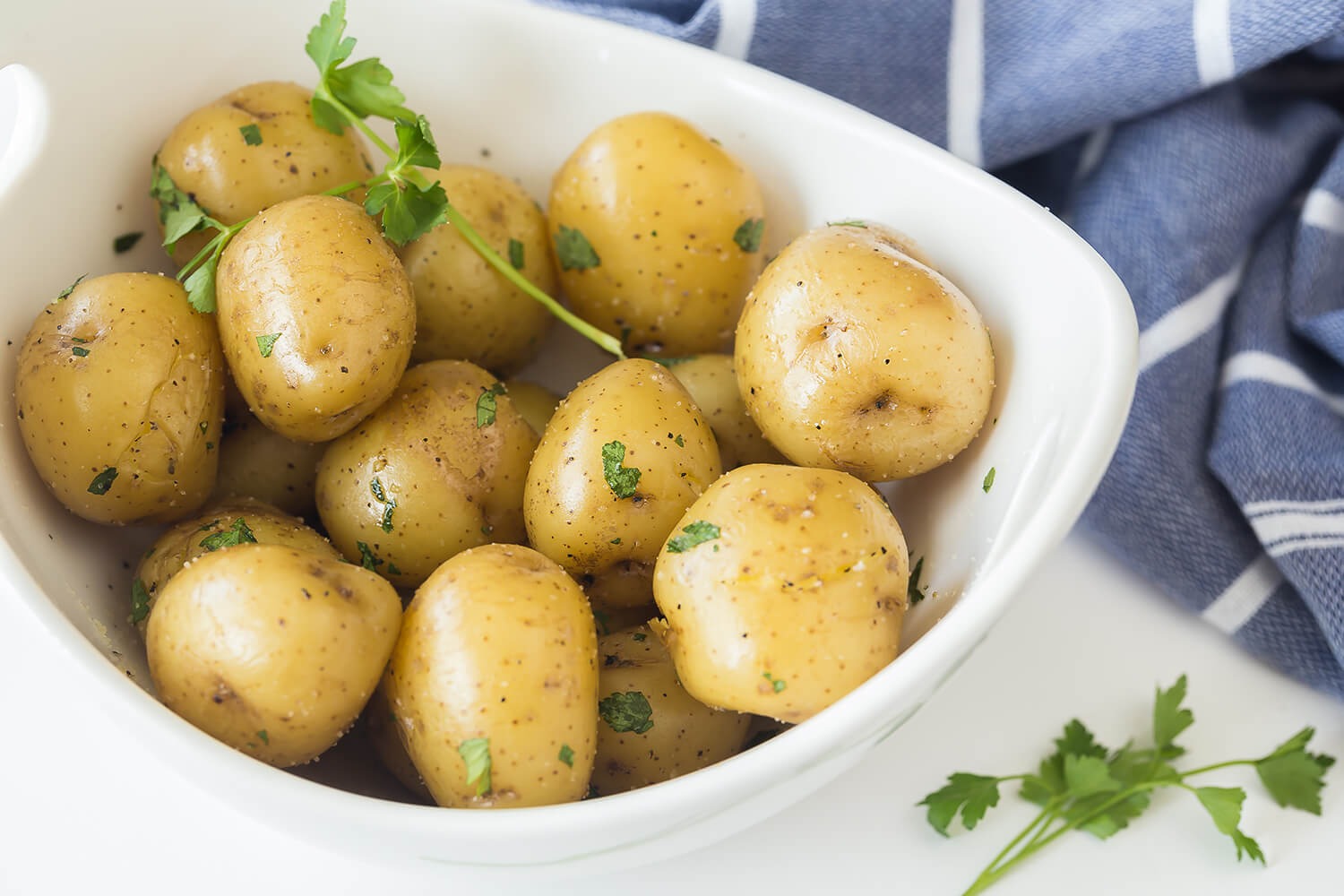How To Boil Oil For Frying: A Foolproof Guide
When it comes to frying, using properly heated oil is essential for achieving crispy and delicious results. Boiling oil may sound counterintuitive, but it is a crucial step to ensure the perfect frying temperature. In this guide, we’ll walk you through the process of boiling oil for frying, providing you with expert tips for a foolproof frying experience.
Why Boil Oil for Frying?
Boiling oil serves two important purposes when frying. First and foremost, it helps to eliminate any residual water or moisture from the oil, which can cause splattering or even lead to accidents. Boiling the oil ensures that it is completely dry before introducing any food items.
Secondly, boiling the oil brings it to the optimal frying temperature. Different types of foods require specific frying temperatures, and boiling the oil ensures that it reaches the desired heat level, resulting in evenly cooked and crispy fried dishes.
Step-by-Step Guide
Follow these steps to boil oil for frying:
- Choose the Right Oil: Use an oil with a high smoke point, such as vegetable, canola, or peanut oil. These oils can withstand high heat without breaking down, ensuring a safe frying experience.
- Selection of Pot: Use a deep and wide pot to allow enough space for the oil to bubble and expand when boiling. This prevents the oil from overflowing and causing a mess or potential hazards.
- Add the Oil: Pour a sufficient amount of oil into the pot. Aim to fill the pot no more than one-third full to avoid any overflow once the oil boils.
- Heat the Oil: Place the pot on the stovetop over medium to high heat. Use a candy or deep-frying thermometer to monitor the temperature. The ideal frying temperature generally ranges between 350°F (177°C) and 375°F (190°C).
- Boil the Oil: As the oil heats up, it will start to bubble and boil. Keep a close eye on the thermometer, adjusting the heat if needed to maintain the desired temperature range.
- Test for Readiness: To check if the oil is ready for frying, drop a small piece of bread or a single fry into the pot. If it sizzles and browns within a few seconds, the oil is at the right temperature. If it takes longer or becomes too dark quickly, adjust the heat accordingly.
- Start Frying: Once the oil has reached the desired temperature, you are ready to start frying. Carefully lower your food items into the pot using a slotted spoon or tongs, and cook until golden brown and crispy.
Safety Tips
While boiling oil for frying, it’s important to prioritize safety.
- Never leave the hot oil unattended, as it can heat up rapidly and pose a fire hazard.
- Use heat-resistant gloves or mitts to protect your hands and arms while handling the pot.
- Ensure that there are no water-based condiments or frozen foods with excessive ice crystals, as they can cause the oil to splatter.
- Have a fire extinguisher or a pot lid on hand to smother any potential flames in case of a kitchen fire.
By following these guidelines, you’ll be well-equipped to boil oil for frying safely and efficiently. Practice caution and pay attention to the temperature to create perfectly fried dishes that will leave your taste buds craving for more. Happy frying!
Was this page helpful?
Read Next: How To Fry Shrimp With Flour And Egg
